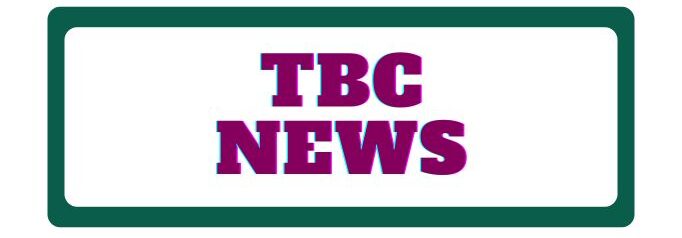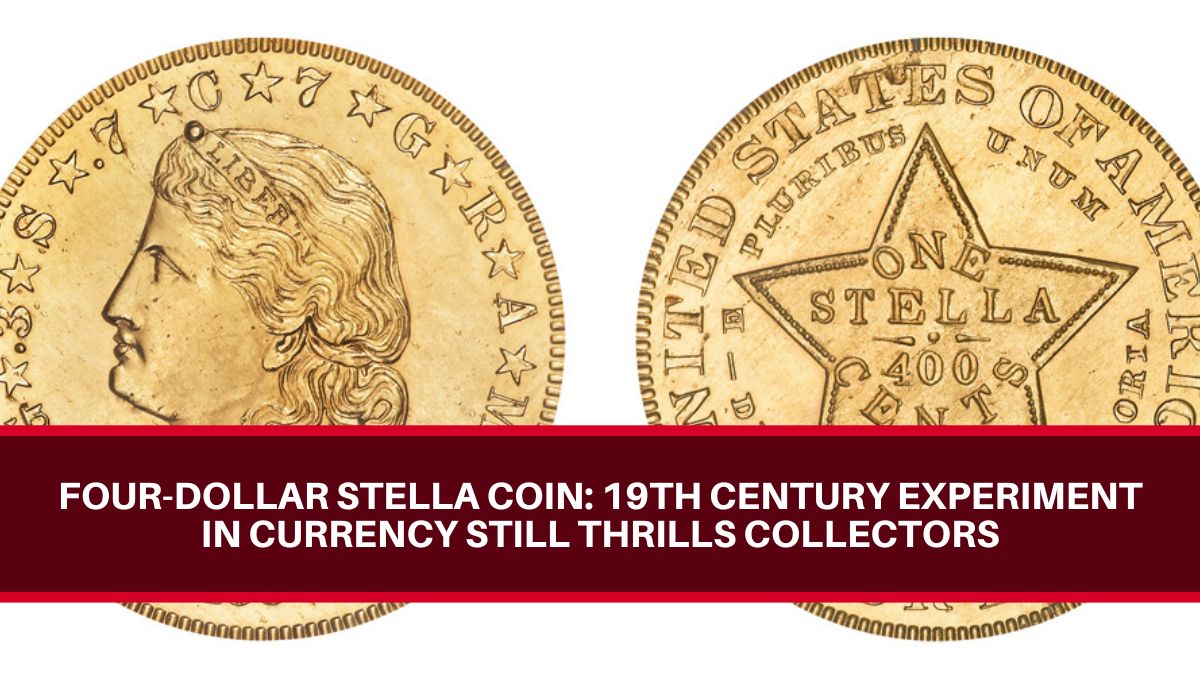The Four-Dollar Stella is a fascinating piece of American numismatic history. Created in the late 19th century, this coin is notable for its experimental nature and its connection to international currency standards. In this article, we’ll explore the history, design, and significance of the Stella coin, making it easy to understand for anyone interested in coins and their stories.
What is the Four-Dollar Stella Coin?
The Four-Dollar Stella is an experimental coin minted in Philadelphia between 1879 and 1880. Its name comes from the star (“stella” in Latin) on the back of the coin. This coin was created as part of an attempt to introduce a new type of international currency. Its unique alloy, designed by Dr. William Wheeler Hubbell, consists of 85.71% gold, 4.29% silver, and 10.00% copper. Despite its complex composition, it is commonly referred to as the Four-Dollar Stella Gold Coin.
The Inspiration Behind the Stella
The Stella coin was backed by John A. Kasson, who was a U.S. diplomat to the Austro-Hungarian Empire. Kasson supported the idea of creating a coin that would fit into the Latin Monetary Union (LMU) standard. The LMU was an early attempt to unify currency standards across Europe, similar to how the Eurozone operates today. The LMU had its own system for weights and measures, and the Stella was designed to align with this system. However, the Stella’s metal value was not quite right, valued at $3.85 instead of the intended $4.
Designing the Stella Coin
The Stella coin came in two styles: Flowing Hair and Coiled Hair. Both styles feature a portrait of Liberty, but with different hairstyles. The Flowing Hair design was created by engraver Charles Barber, while the Coiled Hair design was by George T. Morgan. These designs were struck into coin dies in late 1879, and 40 pattern sets were initially produced. Congress later ordered an additional 100 sets in early 1880.
A Curious Tale
An interesting, albeit questionable, story about the Stella involves some Congressmen allegedly using the coins in a less-than-respectable manner. According to this tale, some Congressmen spent their Stellas at “bordellos,” and the coins were later turned into jewelry. This story, mentioned by numismatist Walter Breen, is intriguing but should be taken with caution.
Collecting the Four-Dollar Stella
The Four-Dollar Stella is a popular collectible due to its unique design and $4 denomination. It is considered one of the top coins by collectors, ranking 16th in Jeff Garrett and Ron Guth’s list of the 100 Greatest U.S. Coins. The coin is often featured in major coin auctions and is highly valued.
Four-Dollar Stella Coin Specifications
Here’s a table summarizing the key specifications of the Four-Dollar Stella:
| Specification | Details |
|---|---|
| Years of Issue | 1879-1880 |
| Mintage | High: 425-700 (1879 Flowing Hair), Low: 10 (1880 Coiled Hair) |
| Alloy | 85.7% gold, 4.3% silver, 10% copper |
| Weight | 7.00 grams |
| Diameter | 20.64 mm |
| Edge | Reeded |
| Obverse Designer | Charles Barber (Flowing Hair), George T. Morgan (Coiled Hair) |
| Reverse Designer | Charles Barber |
| Quality | Proof |
Detailed Comparison of Four-Dollar Stella Types
| Type | Designer | Rarity | Known Examples | Notable Auction Sales |
|---|---|---|---|---|
| 1879 Flowing Hair | Charles Barber | Rarity-3 | Hundreds | High value in major auctions |
| 1880 Flowing Hair | Charles Barber | Rarity-6 | Approximately 25 | Shaved half eagle planchets used |
| 1879 Coiled Hair | George T. Morgan | Rarity-6 | 12-15 | High auction value |
| 1880 Coiled Hair | George T. Morgan | Rarity-6 | Estimated 10 | Known for high auction prices |
Conclusion
The Four-Dollar Stella coin is a unique artifact from the late 19th century that combines innovation with historical significance. Its role in the experimental currency and its unusual composition make it a standout piece for collectors and historians alike. Whether you’re a seasoned numismatist or just a curious reader, the story of the Stella coin offers a fascinating glimpse into America’s numismatic past.
FAQ’s
What is the Four-Dollar Stella coin?
The Four-Dollar Stella coin is a rare experimental U.S. coin minted in 1879 and 1880. It was created to test a new international currency standard and features a unique alloy of gold, silver, and copper.
Why is the Four-Dollar Stella coin significant?
The coin is significant due to its unusual design and composition, which aimed to align with the Latin Monetary Union’s standards. Its rarity and historical context make it highly valued among collectors.
How many Four-Dollar Stella coins were minted?
The exact number varies by type, but estimates suggest that about 425-700 of the 1879 Flowing Hair type were made, and only about 10 of the 1880 Coiled Hair type exist.

